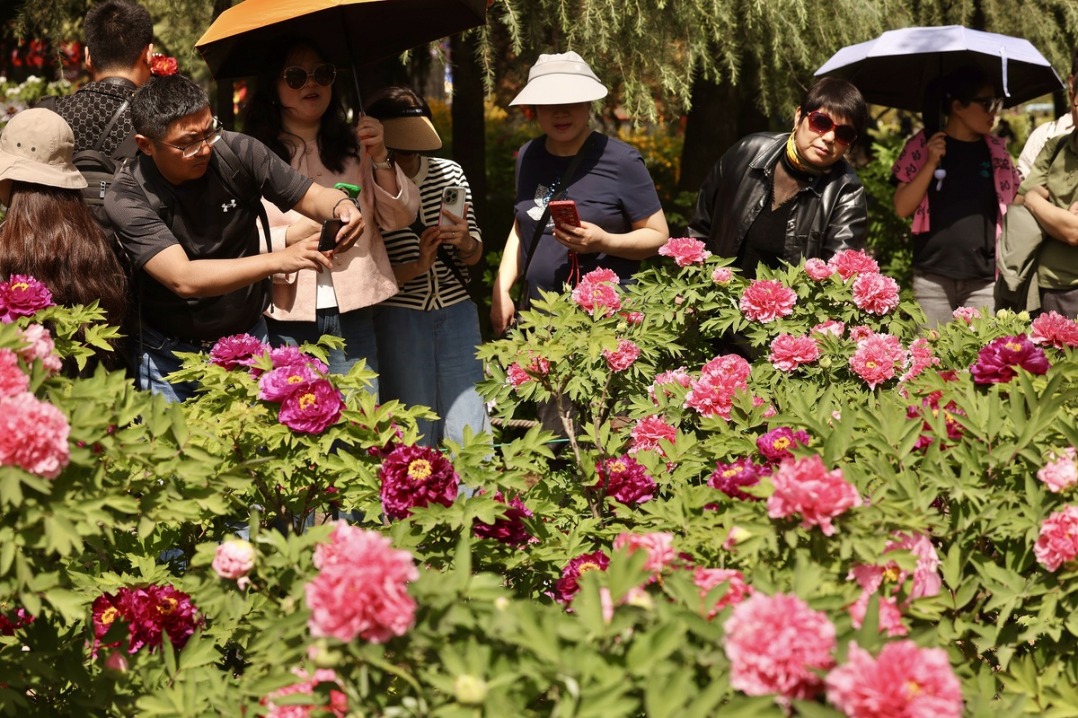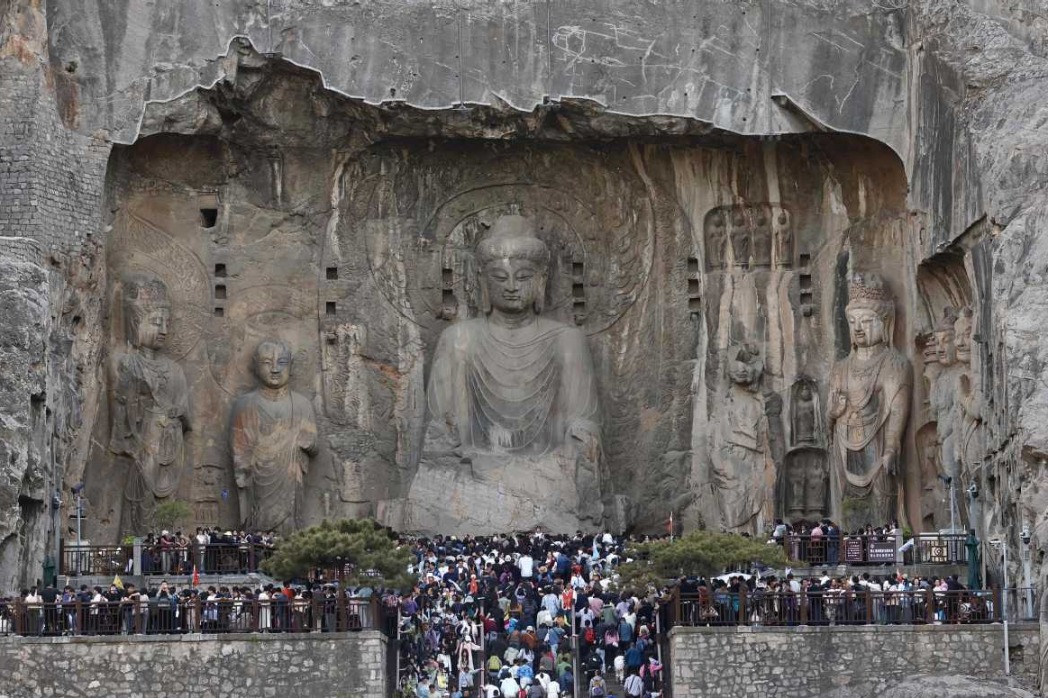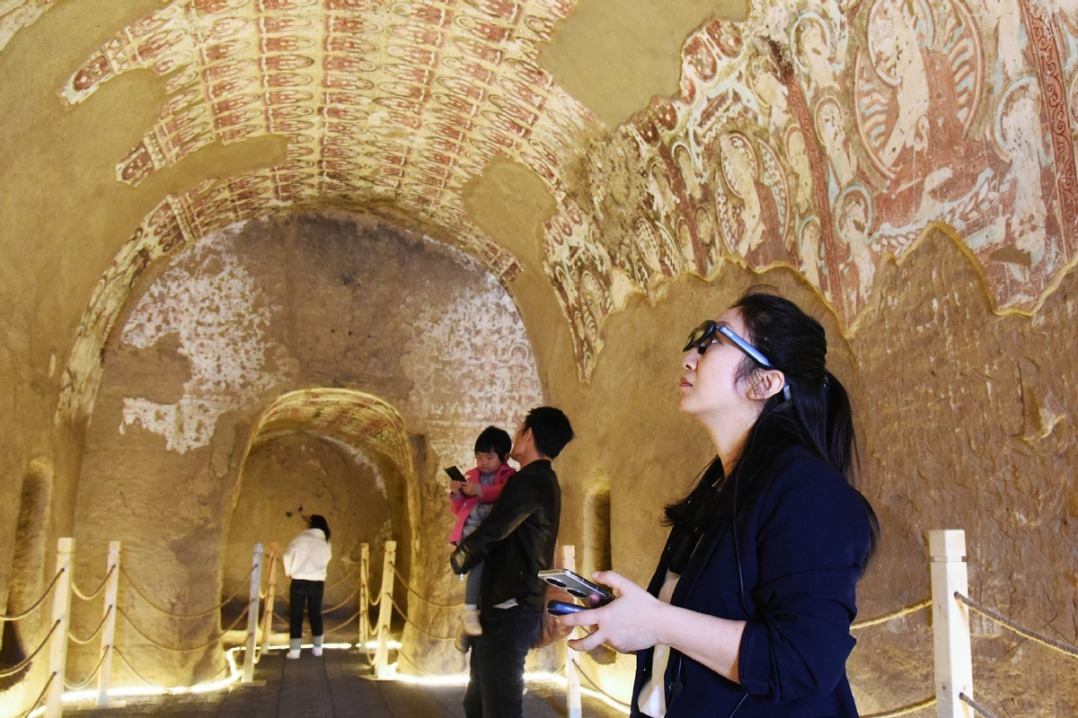China's railways reflect country's changes


Even before the present era, much work was underway to increase capacity while upgrading speed. I watched the growth of electrification replacing diesel, which in turn had replaced steam. Guangzhou and even Kunming could be reached in only one night. Upgrades improved comfort and facilities on overnight trains, as I have experienced recently from Dalian and Dandong to Beijing or to Chongqing. Sometimes, I still use such traditional trains, particularly through areas I have not experienced before. There are some recent constructions I want to experience, such as the line to Lhasa and onward to Nyingchi. Taking the line to Lijiang, now being extended to Shangri-la, is another ambition.
Extending the high-speed network serves many purposes besides leisure travel. Such services have greatly reduced intercity travel times, leading to greater integration and accessibility between cities. The economic effects and benefits of this are evident today in high-tech economic areas with futuristic architecture rising around a new generation of stations, such as Suzhou North.
The level of service on board today is more akin to air travel than the railways of yesteryear. The comfort, cleanliness and facilities are world-class. In June 2018 I was invited to be part of a BBC television program, Scots in China. I was filmed at Beijing South Railway Station and on a Fuxing high-speed service to Tianjin. Onboard, the recording took place in business class. It was a great way to introduce the advancements of China’s railways to the world.
The views don't necessarily reflect those of China Daily.
If you have a specific expertise and would like to contribute to China Daily, please contact us at opinion@chinadaily.com.cn , and comment@chinadaily.com.cn



































